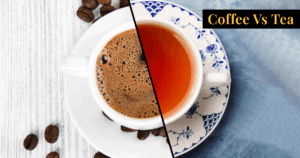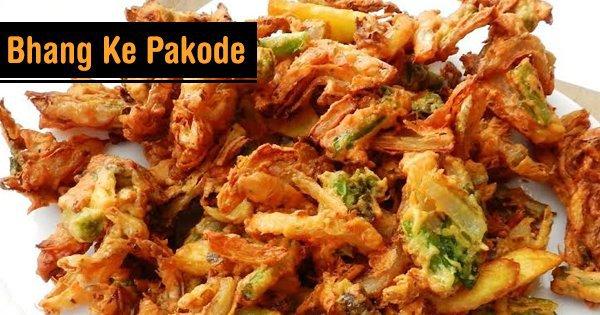Be it Kaju ki barfi or Gulab Jamun, most Indian sweets are elegantly wrapped in chandi ka warq or silver leaf.
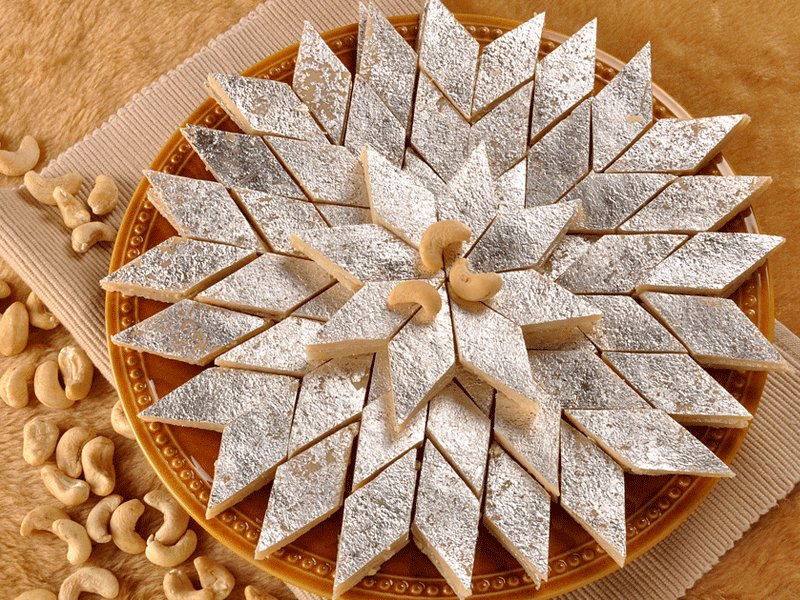
But, as much as we like silver leaf on sweets, it’s apparently not all that good for your health. Surprised? I was too. And, we will get to that in a bit but let’s understand its origins and how it’s made. Shall we?
Many may not know this, but chandi ka warq has been part of the Indian culture for decades and it’s not just sweets, it has played a significant role in both Mughlai and Awadhi cuisines also.
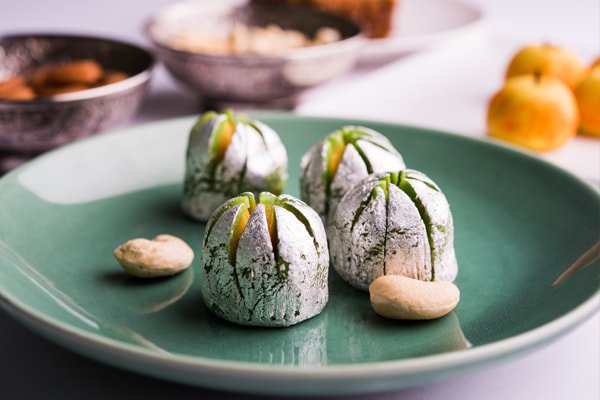
That’s not all. Silver and gold foils have originated from the ancient Ayurvedic practice of using precious metals and pieces of pearl and conch shell in bhasma (medical ash). While silver is considered an antimicrobial astringent, gold is claimed to be an aphrodisiac.
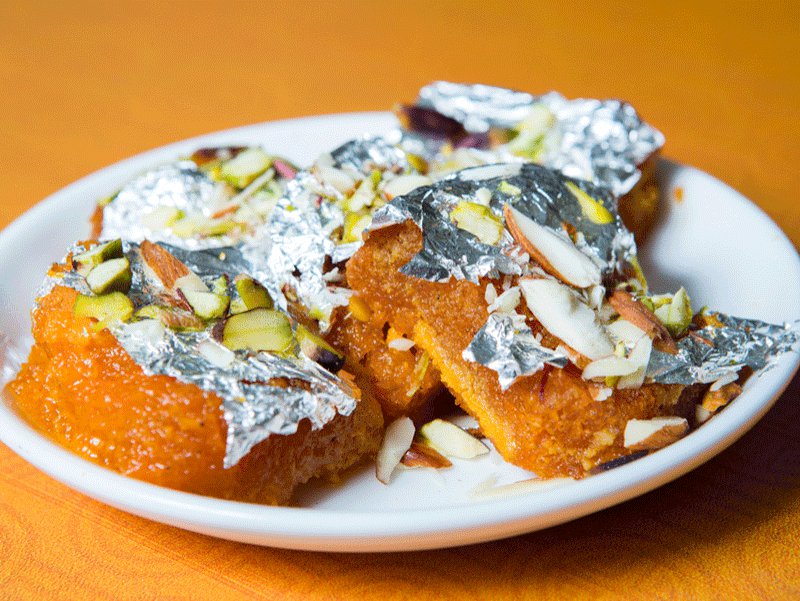
How is it made?
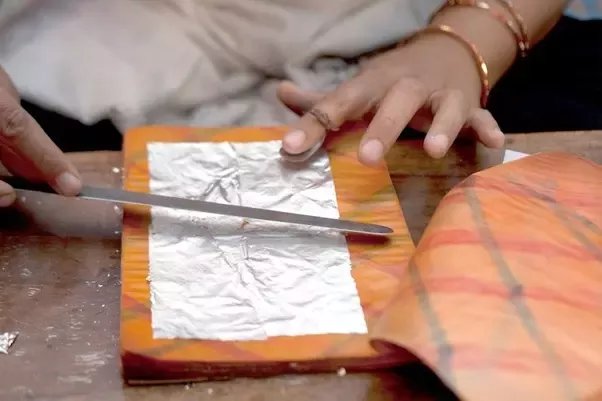
Though, during peak festive season the demand for silver leaf sky rockets, and with that adulteration practices also rises. And, this is a matter of concern. Why, you ask?
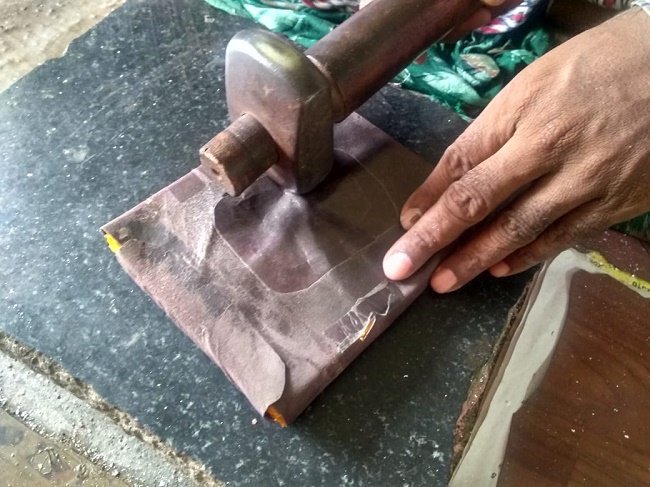
Apart from that, there are chances of finding traces of other heavy metals like nickel, lead and cadmium, which are poisonous.
Moreover, poor quality of silver is sometimes used to make warq. And, lastly unhygienic working conditions in workshops can also pose a risk of food-borne diseases.
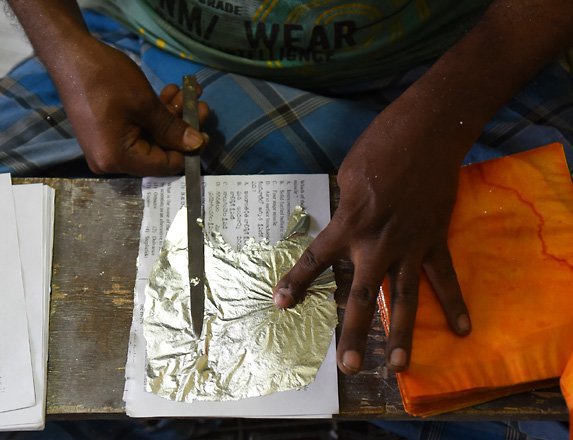
In fact in 2016, it was found that silver is placed inside the guts or intestines of oxen and buffaloes and then hammered, to achieve the required level of thinness in the warq. Sounds gross but, it’s true.
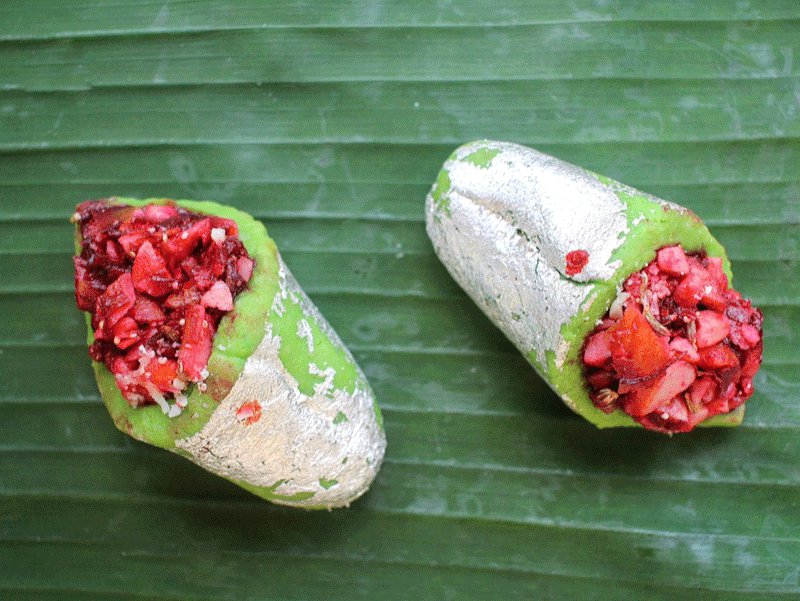
– Take a small chunk of the silver leaf and set it on fire. If it turns into a ball, it’s the real deal but, if burns completely and leaves a greyish-black residue, it’s adultered with aluminium.
– Rub some silver leaf between the palms of your hand to see if it’s pure. If it’s adulterated with aluminium, it will become a small ball.
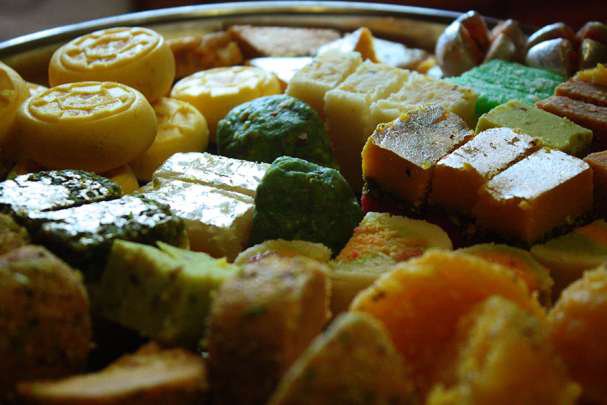
– Place the silver leaves in a test tube, and add diluted hydrochloric acid. If it becomes turbid/cloudy/opaque with a white precipitate, it is silver.
So, next time you indulge in sweets, remember to check if the silver leaf used on it is authentic or not.





